Agronomic Insights

Very high phosphorus (P) fertiliser prices mean it is a good time to review your application rates to ensure P is sensibly allocated between and within paddocks. In some instances, there will be an opportunity to reduce rates and decrease fertiliser costs, however, in the wrong circumstance this strategy could lead to significant yield penalties.
Jim Laycock & Lee Menhenett, IPF Technical Agronomists
Kirsten Barlow, Precision Agriculture P/L Principal Scientist
To help you make sound P rate decisions this document provides information to assist with seven key questions:
How do I know what the critical P level for my paddock is?
1. How do I know what the critical P level for my paddock is?
2. What to consider with low starter P rates?
3. Does crop rotation have an influence on P response?
4. How much P is removed in grain?
5. How do I calculate rates of P for capital application?
6. Can I mine my soil-P reserves?
7. How can I use variable rate technology to refine P rates?
How do I know what the critical P level for my paddock is?
Soil testing plays a key role in managing P inputs. A soil test will tell you if your paddock is above or below the critical P value required to achieve a target level of maximum grain yield. Critical values vary by crop type, location, and soil type and responses can be influenced by other soil characteristics.
Table 1 shows the published critical concentrations for the Colwell-P test. Values are shown to achieve 90 and 95% of maximum grain yield. In a reliable, high-rainfall zone an appropriate target Colwell-P would be the critical concentration associated with 95% of maximum grain yield. This is because the risk of lost yield from inadequate P may greatly exceed the risk of low yield and no return from the P fertiliser investment in the year of application. By contrast, in low-yielding and unreliable rainfall zones, a lower critical value may be more appropriate, minimising the cost of P fertiliser when the likelihood of profit from the investment is low (Bell et al, 2013).
Key message
Understand the critical P value for your soil types on your property and use soil testing to inform your fertiliser decisions.
| Species | Soil Type | Location | 90% | 95% |
|---|---|---|---|---|
| Wheat | Red Chromosol | NSW, Qld, Vic | 30 | 38 |
| Wheat | Brown Chromosol | SA | 17 | 19 |
| Wheat | Dermosol | NSW | 27 | 35 |
| Wheat | Calcarosol calcic | SA, Vic | 24 | 29 |
| Wheat | Red Kandosol | NSW | 24 | 30 |
| Wheat | Tenosol | SA, Tas | 16 | 20 |
| Wheat | Brown sodosol | NSW, Vic, SA | 27 | 32 |
| Wheat | Black vertosol | NSW, Qld | 25 | 33 |
| Wheat | Brown vertosol | NSW, SA | 24 | 32 |
| Wheat | Grey vertosol | Vic, NSW, Qld | 18 | 21 |
| Canola | All soils | National | 20 | 25 |
| Feed barley | All soils | National | 20 | 25 |
| Narrow-leaf lupin | All soils | National | 22 | 26 |
| Field pea | All soils | National | 27 | 34 |
What to consider with low starter P rates?
In furrow distribution of starter P is influenced by the rate of application, fertiliser diffusion and row spacing. At very low rates of P (< 5 kg P/ha) plant access by roots may be limited. Diffusion is the process that allows P in fertiliser to move away from the applied fertiliser granule. In acid soils, P moves only two centimetres from the fertiliser granule (Montalvo, 2014). If MAP is applied at a rate of 40 kg/ha on 25 cm spacing, there are about 40 granules per metre of row. Given the granule number in the row and the limited P movement, only 80% of the plants would have initial access to the fertiliser. Reducing the application rate to 20 kg/ha (4.6 kg/P) potentially reduces P availability to 40%. Wider row spacing increases the number of fertiliser granules per metre of row.
Key message
Even a low rate of P can be beneficial, but granule distribution, which is a consequence of rate and row spacing, is an important consideration.
Does crop rotation have an influence on P response?
Consistently higher yields have been observed for cereal crops sown on pulse or brassica stubbles (Angus et al, 2011). This is due to the influence of a disease break (root and foliar), residual moisture, residual nitrogen and soil biology. As a result, higher rates of P are likely to be needed after a rotation crop.
Incitec Pivot Fertilisers ran a series of trials from 2012 to 2014 at Dookie investigating this rotation effect (Figure 1). IPF found that wheat after canola was more responsive to increasing P rates (ie: a greater change in yield) than the wheat on wheat and canola on wheat rotation.
This is supported by the Better Fertiliser Decisions for Cropping (BFDC) database which shows the critical Colwell-P level (95% relative yield) in wheat following cereal is 34 mg/kg (critical range 29–40). However, for wheat following canola the critical Colwell- P level is higher (49 mg/kg) but the critical range (range 17–140) is much wider. Even though from a smaller data set, the wide range indicates the recommendation is less reliable than from wheat on cereal.
Key message
Ensure that P rates are maintained or increased following a break crop for the best response.

How much P is removed by grain?
The major loss of P from cropping systems is through nutrient removal in grain. Maintaining soil P levels over time requires enough P to be applied each year to replace grain-P removal – i.e. the replacement strategy.
A grain test will tell you the grain nutrient concentration. Grain-P concentration is variable, so it is best to take grain samples from each production zone in the paddock. You can then calculate nutrient removal using the yields from those same zones.
Phosphorus concentrations in wheat, barley and canola have been shown to vary significantly. With some of the variability due to the balance of available P (e.g. increasing P rates increases grain P concentration) and crop yields (e.g. increasing yields can dilute grain P concentrations).
Norton (2009) analysed wheat grain samples from NVT trials across south eastern Australia in 2008 and 2009. He reported that mean P concentration ranged from 2.3–3.6 kgP/t grain. These results align with an IPF grain survey in 2019 that showed a variation range of 2.3–4 kgP/t grain (corrected to 12% moisture).
Similarly, barley grain samples taken by IPF in 2016 and 2019 found that removal values ranged from 2.0–3.3 kgP/t grain (corrected to 12% moisture).
Norton (2014) reported mean canola P concentrations from 54 NVT trial sites across southern Australia ranged from 3.6–7.2 kgP/t grain (corrected to 8% moisture).
Key message
Knowing grain-P concentrations and removal can be useful in monitoring paddock P status, calculating P removal as part of a maintenance strategy and is an adjunct to soil testing.
How do I calculate rates of P for capital application?
Measuring soil-P is a critical step in calculating the fertiliser rates required. Where the Colwell-P levels of the soil are below the critical values and likely to be limiting crop growth it is recommended that capital rates of P are applied.
Capital P is the amount of P required above and beyond the replacement P, which aims to increase the soil P reserves for plant growth. The rates of capital P are calculated using the measured and critical soil Colwell-P values which inform the Target P level as well as the soil’s Current P status and Phosphorus Buffering Index (PBI) which determines the P build up factor required (table 2). The equation is:
Capital P (kg/ha) = (Target P – Current P) x P build up factor*
*see table 2
Key message
A soil Colwell-P test and a soil PBI will enable capital P rates to be calculated.
| PBI Value | PBI Class | P build up factor (kg/ha P required to increase Colwell-P by 1 mg/kg) |
|---|---|---|
| 0-15 | Extremely low | 1.8 |
| 15-35 | Very, very low | 2.0 |
| 36-70 | Very low | 2.3 |
| 71-40 | Low | 2.6 |
| 141-280 | Moderate | 2.8 |
| 281-840 | High | 3.2 |
| >840 | Very high | >3.6 |
Can I mine my soil-P reserves?
In contrast to the capital P discussion, where the Colwell-P levels in the soil are above the critical values there is the potential to reduce P fertiliser use, and effectively mine the P reserves in the soil. However, even with high soil-P levels some starter P fertiliser is required to ensure crop establishment and yields.
Several studies have shown that a mining phase results in a decrease in soil-P levels which are relatively slow, with Colwell- P levels in one study declining by 8 mg/kg over a five-year period (Coad et al, 2014). The decline in soil P reserves will be significantly higher in low buffering sandy soils compared to heavier clay soils which have a greater capacity to store P and buffer changes in P concentrations. It is essential that on-going monitoring of both soil-P levels (2–4 years) and crop yields is used to monitor the impact of a low P strategy on farm productivity. Relationship responses are more difficult to predict in highly calcareous soils because of the way the Colwell (bicarbonate) reagent reacts in these soils. Diffuse Gradient in Thin-films (DGT) method may better predict P responses in these soil types.
Key Message
Mining the soil-P reserves is only a short-term strategy where soils are above their critical P levels and some starter fertiliser is still required.
How can I use variable rate technology to refine P rates?
The final question to ask is how can I refine my P fertiliser strategies to ensure the greatest return from my fertiliser investment? Building on the fertiliser recommendations above, this is about understanding and managing the variability across the paddock and farm. Increasingly, farm machinery has the capacity for VR application of fertiliser, and the question is how to start using the technology.
Grid soil mapping is one method used to measure and map the variability in soils, including soil P levels. Figure 2 is an example of how much Colwell-P can vary across a paddock. In this paddock uniform fertiliser application can result in over- and under-fertilisation in different areas of the paddock, reducing fertiliser use efficiency. Measuring the variability in Colwell-P across the paddock allows the fertiliser strategy to vary across the paddock from capital to maintenance to mining rates based on soil P status and PBI.
For the example in Figure 3 using a critical Colwell P of 25 (90% maximum yield) for a wheat crop on very low PBI soils, approximately one-third of the paddock requires a capital rate of P, about a one-third has a Colwell-P above 40 mg/kg and could potentially be mined with a starter rate of P for a couple of years, leaving the balance to receive a maintenance rate.
In addition to measuring the variation in Colwell-P in the soil to refine the fertiliser strategy, there is also the potential for yield data to be used to tweak the phosphorus maintenance strategy within a paddock. P removal is highly driven by crop yield and using variable P application rates allows fertiliser use to be weighted towards the higher yielding parts of the paddock. This strategy should maintain more even soil P levels across the paddock over time. However, it assumes that lower yields were not caused by P deficiencies and requires on-going monitoring not only of yields, but also grain-P levels and soil testing to ensure that a robust strategy is meeting crop and soil requirements.
Key message
Paddock variation of soil-P levels is significant. Grid sampling identifies and forms the basis of a P map that can be actioned by a variable rate application map.
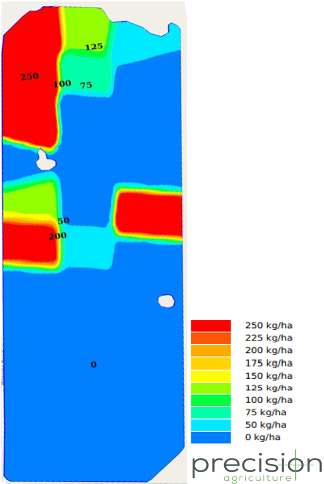

References
Angus J, Kirkegaard J, Peoples M, Ryan M, Ohlander L, and Hufton L (2011) A review of break-crop benefits of brassicas. Proc. 17th Australian Research Assemble on Brassicas, Wagga Wagga.
Bell R, Reuter D, Scott B, Sparrow L, Strong W, and Chen W (2013) Soil phosphorus–crop response calibration relationships and criteria for winter cereal crops grown in Australia Crop & Pasture Science, 2013, 64, 480–498.
Better Fertiliser Decisions for Cropping (BFDC) database (www.bfdc.com.au).
Coad J, Burkitt L, Dougherty W and Sparrow L (2014) Decrease in phosphorus concentrations when P fertiliser application is reduced or omitted from grazed pasture soils. Soil Research, 52, 282-292.
Incitec Pivot Limited, 2015: Crop rotation effects on phosphorus nutrition in canola. Research for the Riverine Plains 2015.
Montalvo D, Degryse F, and McLaughlin MJ (2014) Fluid fertilizers improve phosphorus diffusion but not lability in Andisols and Oxisols. Soil Science Society of America Journal 78, 214–224.
Norton R (2009) Grain Nutrient Concentrations – report on a survey from 70NVT wheat sites. International Plant Nutrition Institute, Australia and New Zealand.
Norton R (2014) Canola seed nutrient concentrations for southern Australia. ARAB XVIII Conference Proceedings.
Sandral G, Tavakkoli E, McBeath T, Armstrong R, Mason S, Wilhelm N, Hailing R, Pumpa R, Fiske K, Barati M, and Armstromg D (2020) Budgeting phosphorus in medium and lower rainfall zones of southern NSW, Wagga Wagga GRDC Adviser Update March 2020.
Resources
Download InsightDISCLAIMER
This is a guide only, which we hope you find useful as a general tool. While IPF has taken all reasonable care in the preparation of this guide, it should not be relied on as a substitute for tailored professional advice and IPF accepts no liability in connection with this guide. Incitec Pivot Fertilisers manufactures and sources fertilisers from other suppliers. The fertiliser supply chain extends beyond the company’s direct control, both overseas and within Australia. Incitec Pivot Fertilisers hereby expressly disclaims liability to any person, property or thing in respect of any of the consequences of anything done or omitted to be done by any person in reliance, whether wholly or in part, upon the whole or any part of the contents of this article.
You might also be interested in these
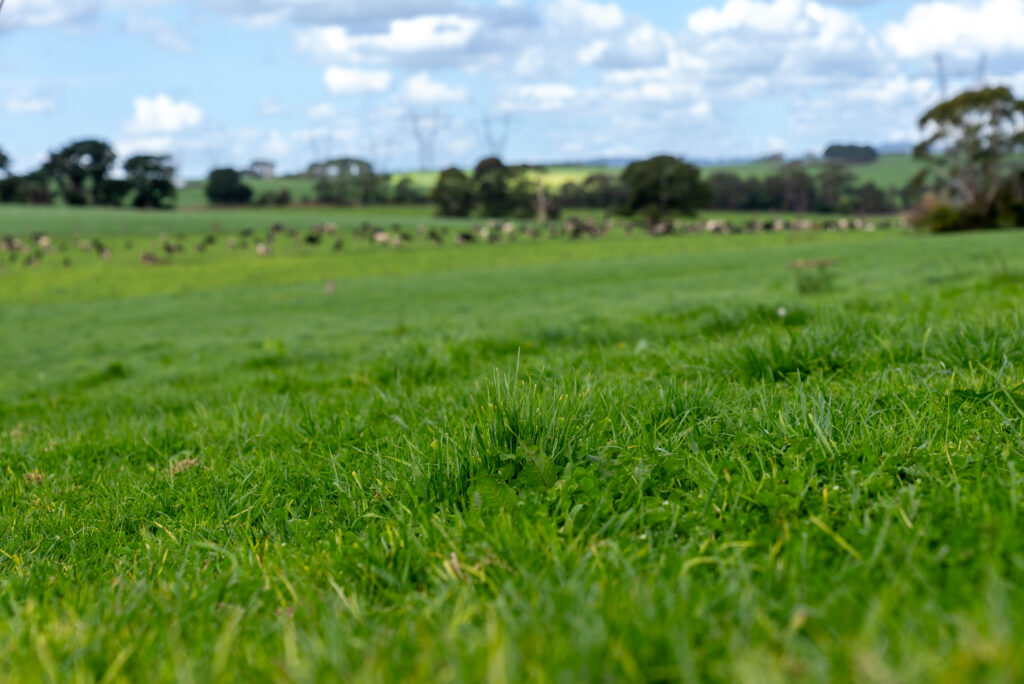
Winter Crop
Beating the cold: How to maximise your winter pasture performance
May / 2025
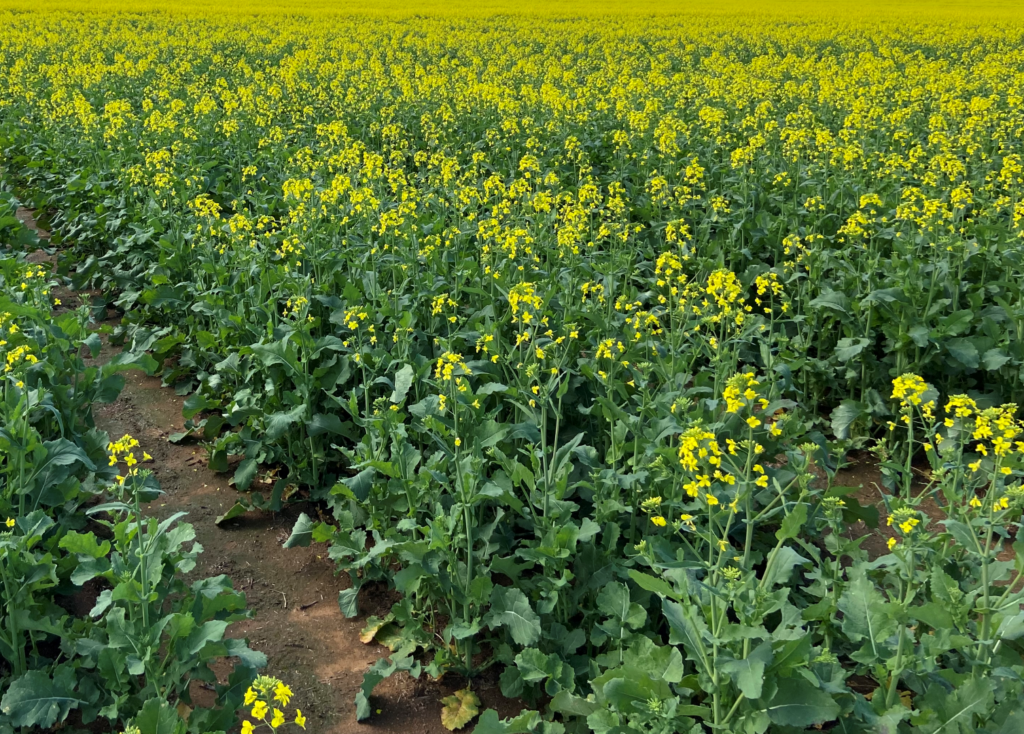
Winter Crop
Sulphur in canola: Data-driven strategies for smarter management this winter
April / 2025
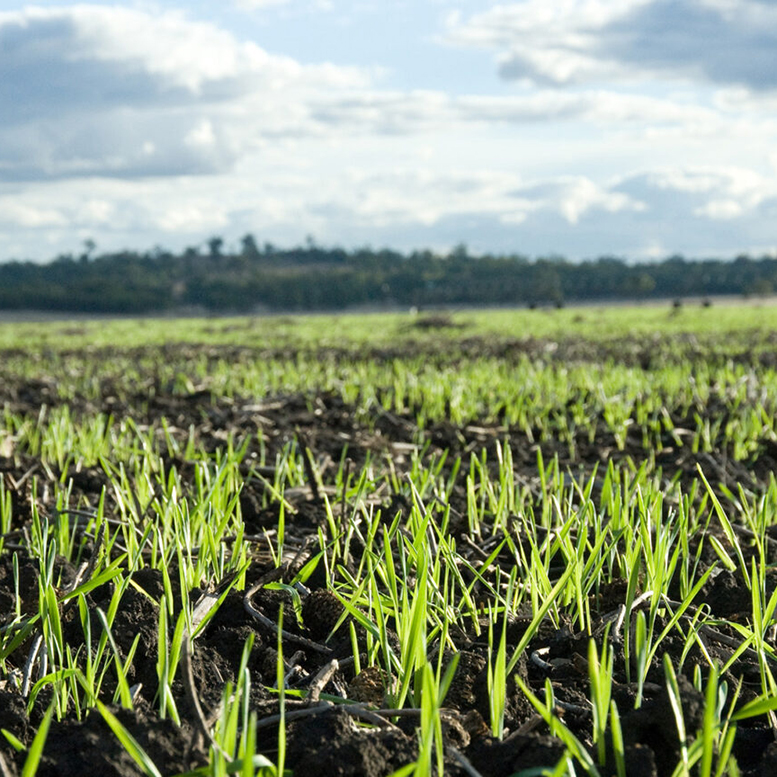
Winter Crop
Managing Nitrogen Topdress in 2024
May / 2024
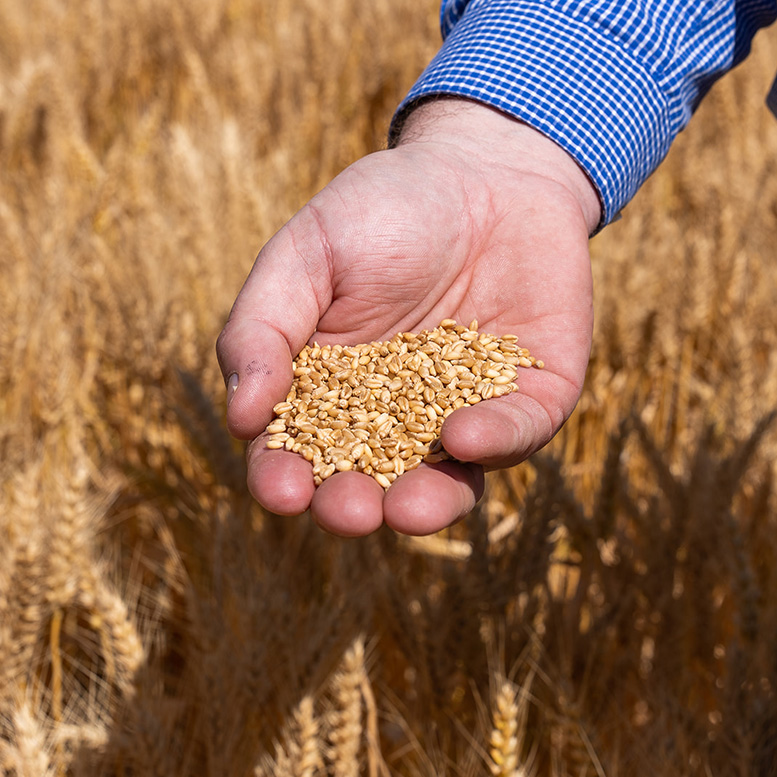
Winter Crop
Grain testing gives complete picture on nutrient levels
November / 2024

